This opinion piece points out that people tend to remember Martin Luther King Jr. fondly as a civil rights leader while overlooking the fact that his views and actions were radical.
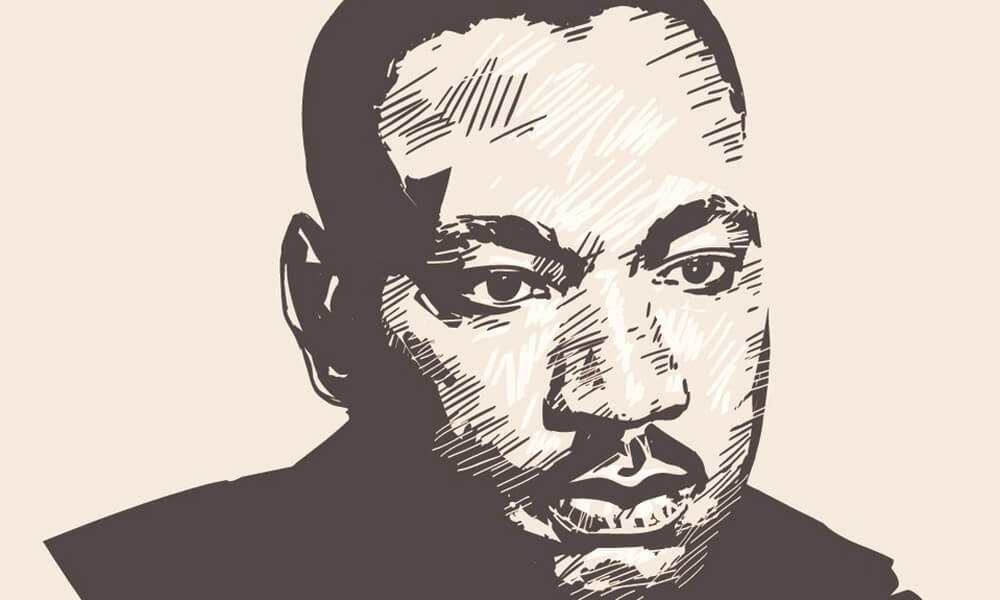

This opinion piece points out that people tend to remember Martin Luther King Jr. fondly as a civil rights leader while overlooking the fact that his views and actions were radical.

We often idealize great leaders, but even those who have far-reaching positive influence on the world aren’t perfect. Read to learn about a recent controversy surrounding Mohandas Gandhi in the African nation of Ghana.
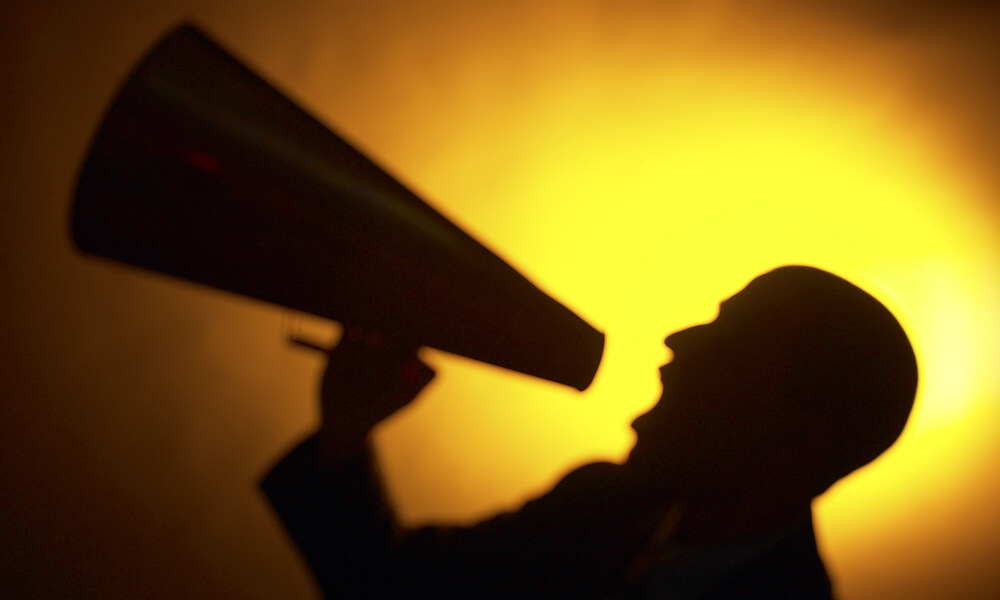
Click this link to learn about Ugandan Member of Parliament (MP) Bobi Wine, a popular musician who got involved in politics to speak out against the oppressive and corrupt leadership of his country.

We sometimes take our freedoms for granted—for example, the freedom to learn. One Massachusetts woman, Razia Jan, has worked tirelessly to ensure the right to an education for girls in her native Afghanistan.
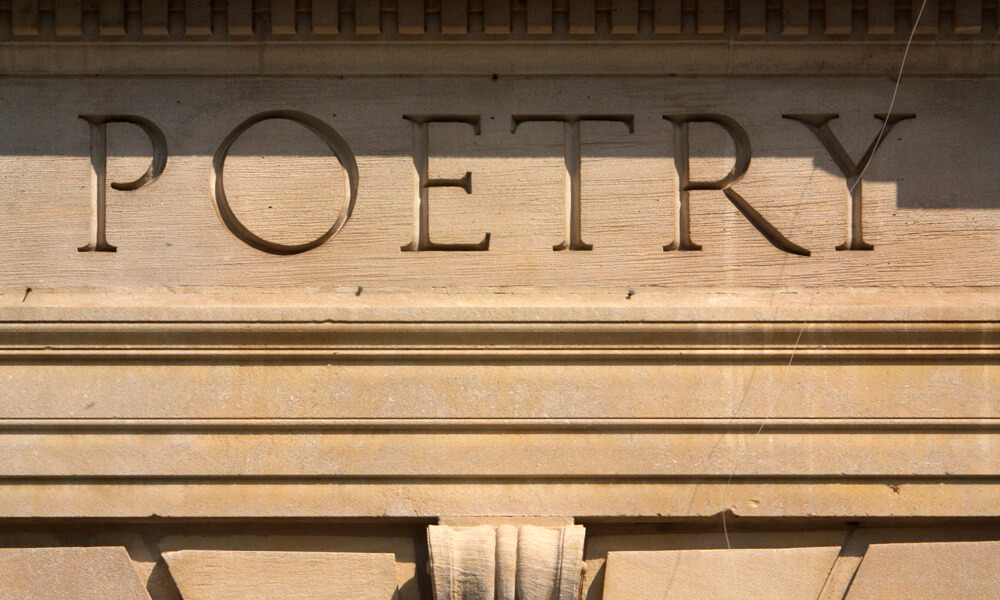
This article profiles poet Jimmy Santiago Baca, author of “Cloudy Day,” and describes a documentary film about his discovery of poetry while he was imprisoned as a young man.
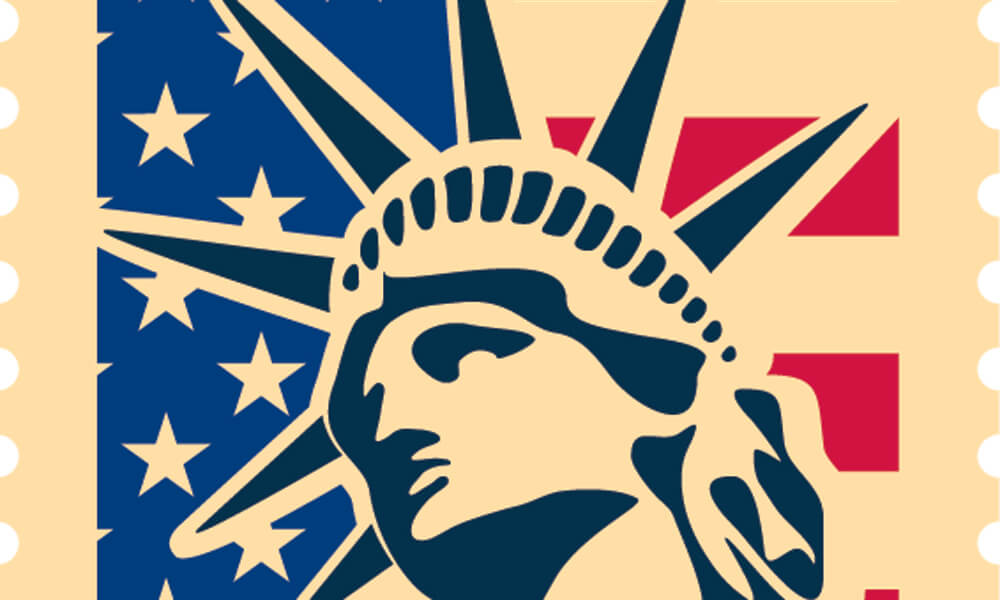
The author of this opinion piece calls into question several commonly held ideas about what the Statue of Liberty represents.
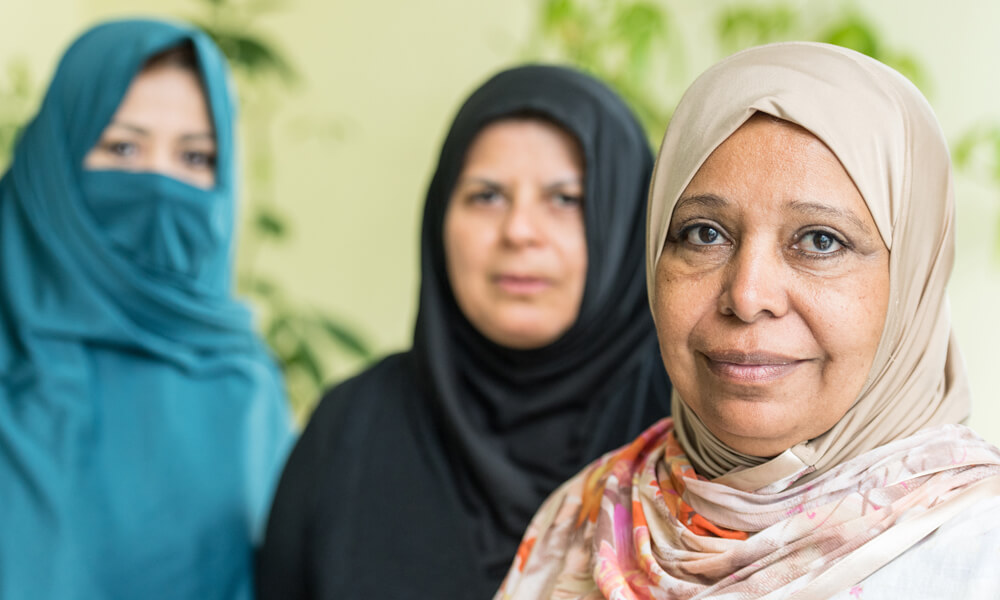
Activist Masih Alinejad has protested against wearing a hijab since she was a child. Click this link to learn about her online campaign to encourage Iranian women to resist the law that requires them to cover their hair in public.
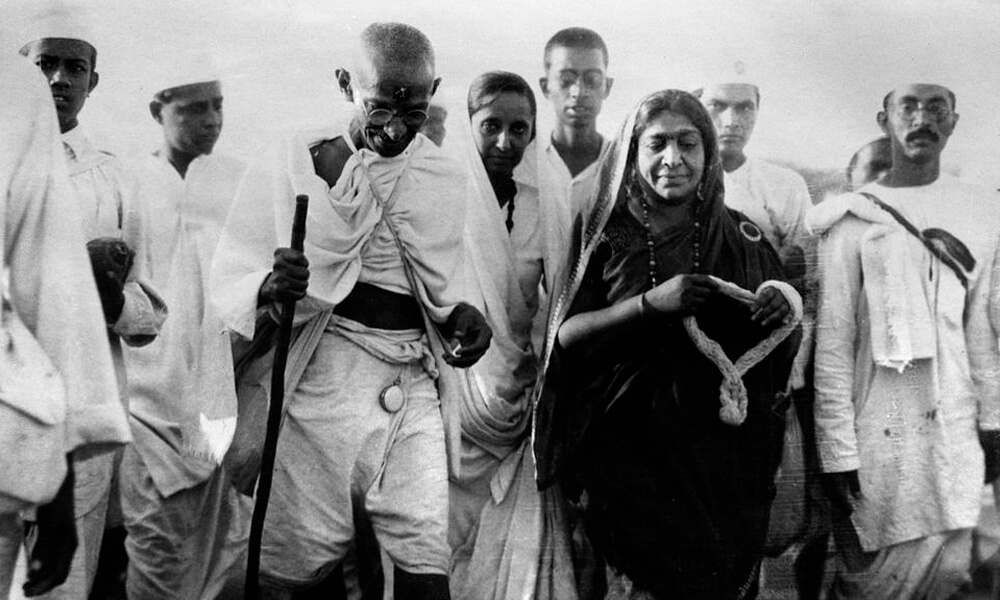
In this interview, a youth educator at the Gandhi Institute describes how her organization applies a philosophy of principled nonviolence to its work with conflict resolution in schools.

Can banning books help keep prisons safe? The author of this opinion piece believes there should be fewer restrictions on the books that prisoners are allowed to read.

Both Mohandas Gandhi and Martin Luther King Jr. drew inspiration from the writings of Henry David Thoreau. Read the 19th-century work that lit the fires of both Indian independence and American civil rights.

Read this review of Revolution 2.0 to learn about Wael Ghonim’s experience and influence during the 2011 Arab Spring.
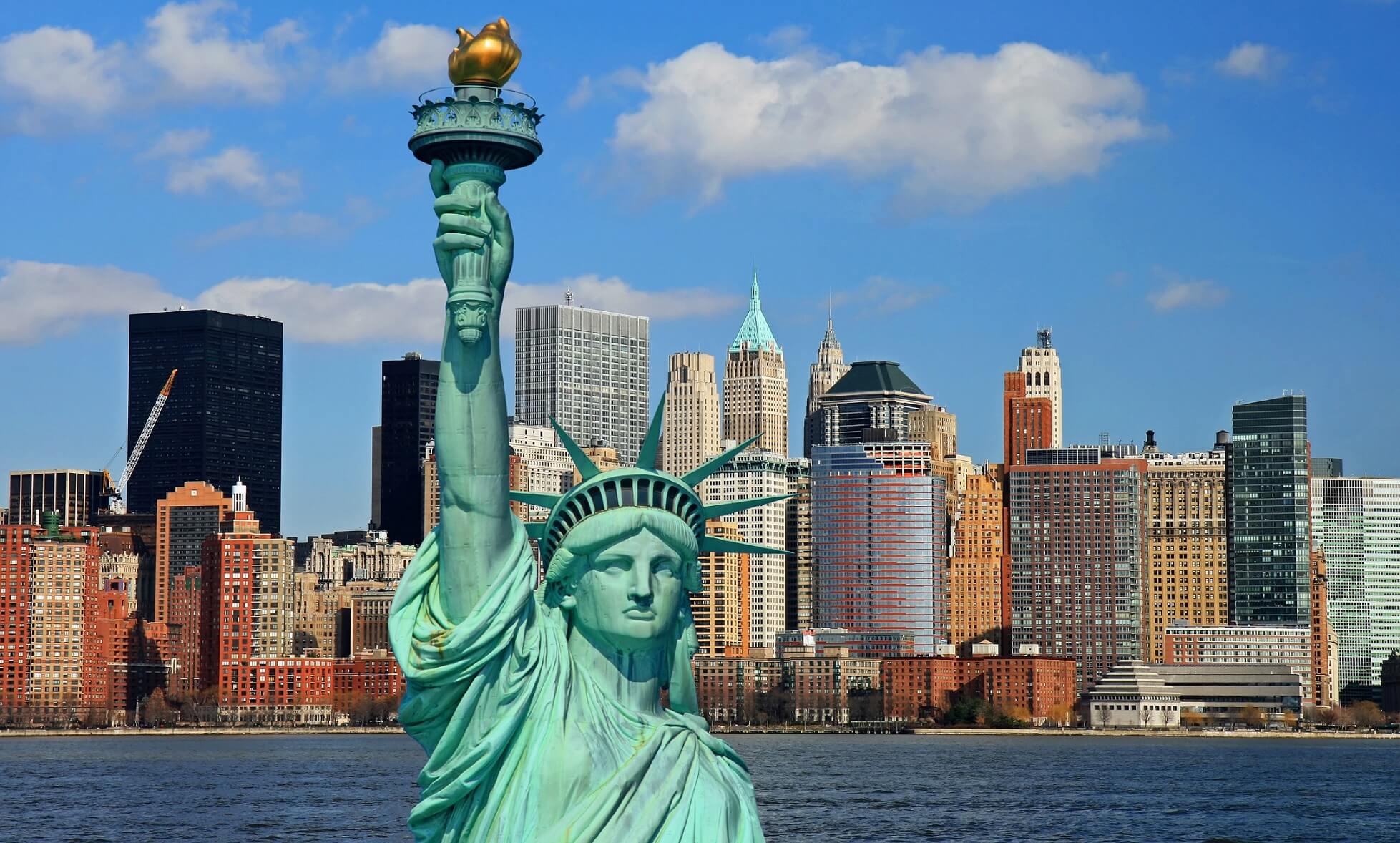
Answer questions based on realistic scenarios to find out where you rank in the balance between freedom and security. Then, see which historical figures fit and clash with your “freedom type.”
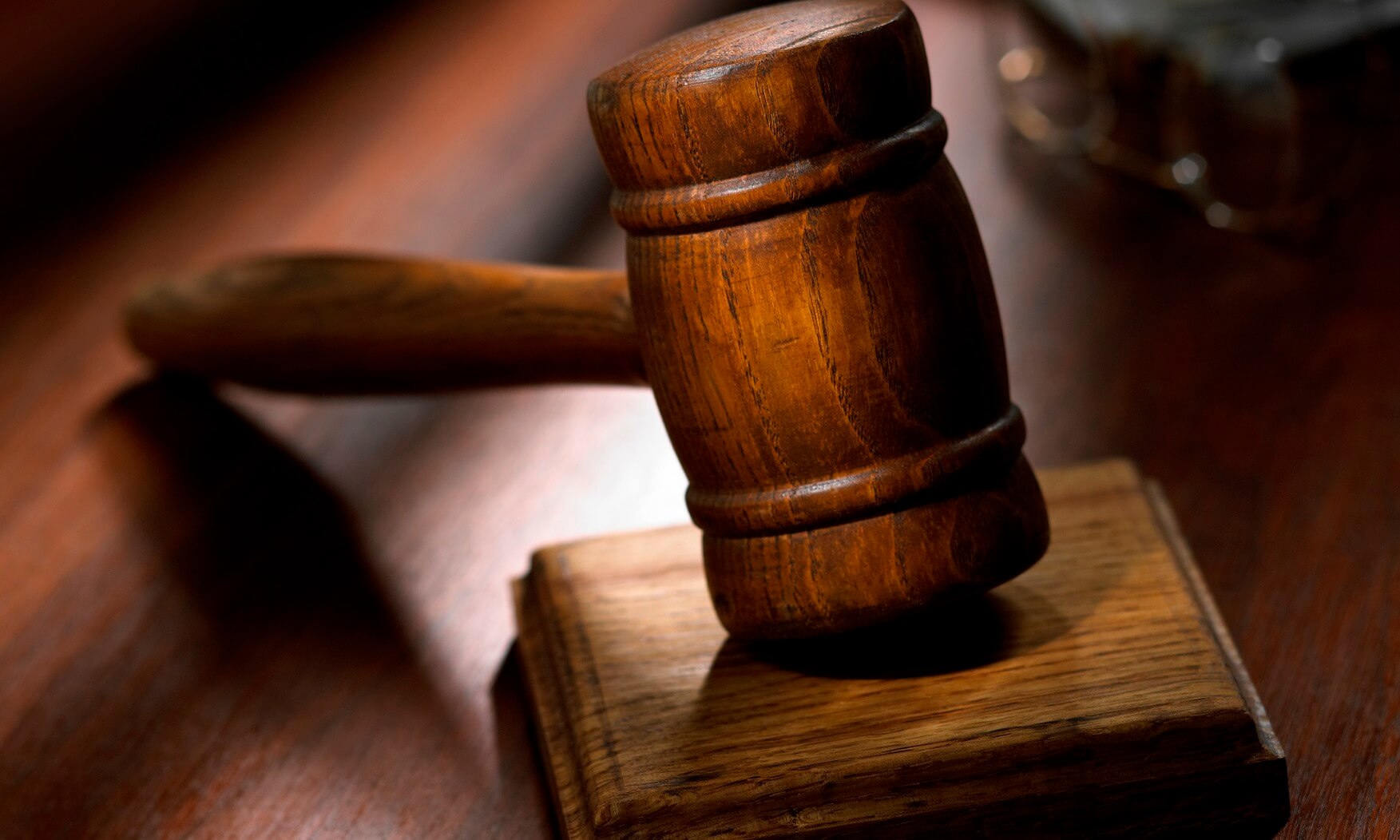
The Supreme Court’s ruling in the case of Plessy v. Ferguson upheld racial segregation in the United States. Learn how descendants of the opposing sides have come together.
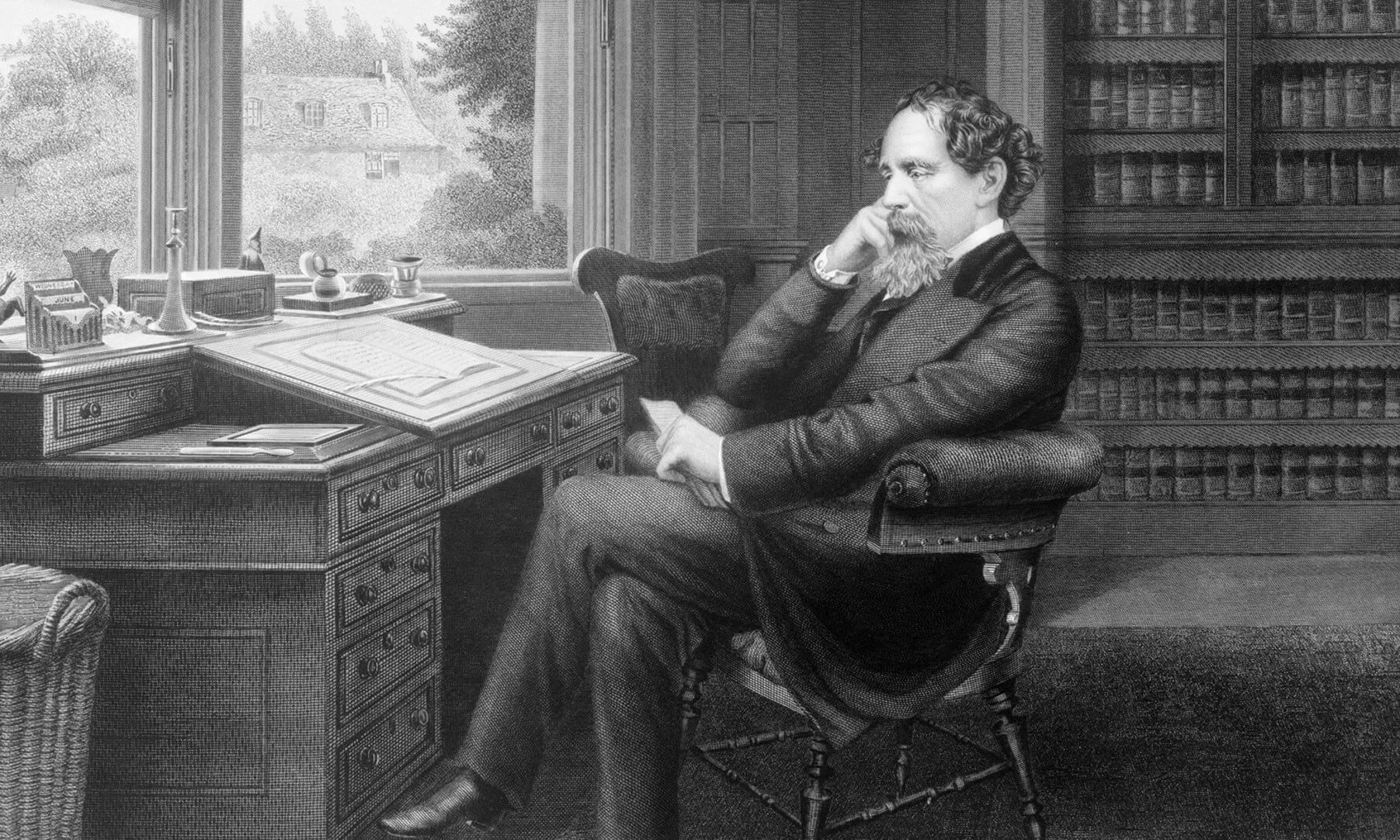
Charles Dickens’s writing brought the struggles of the poor to light in ways that helped improve their lot. But you may not know that he also brought literal light to the poor, along with air to breathe.
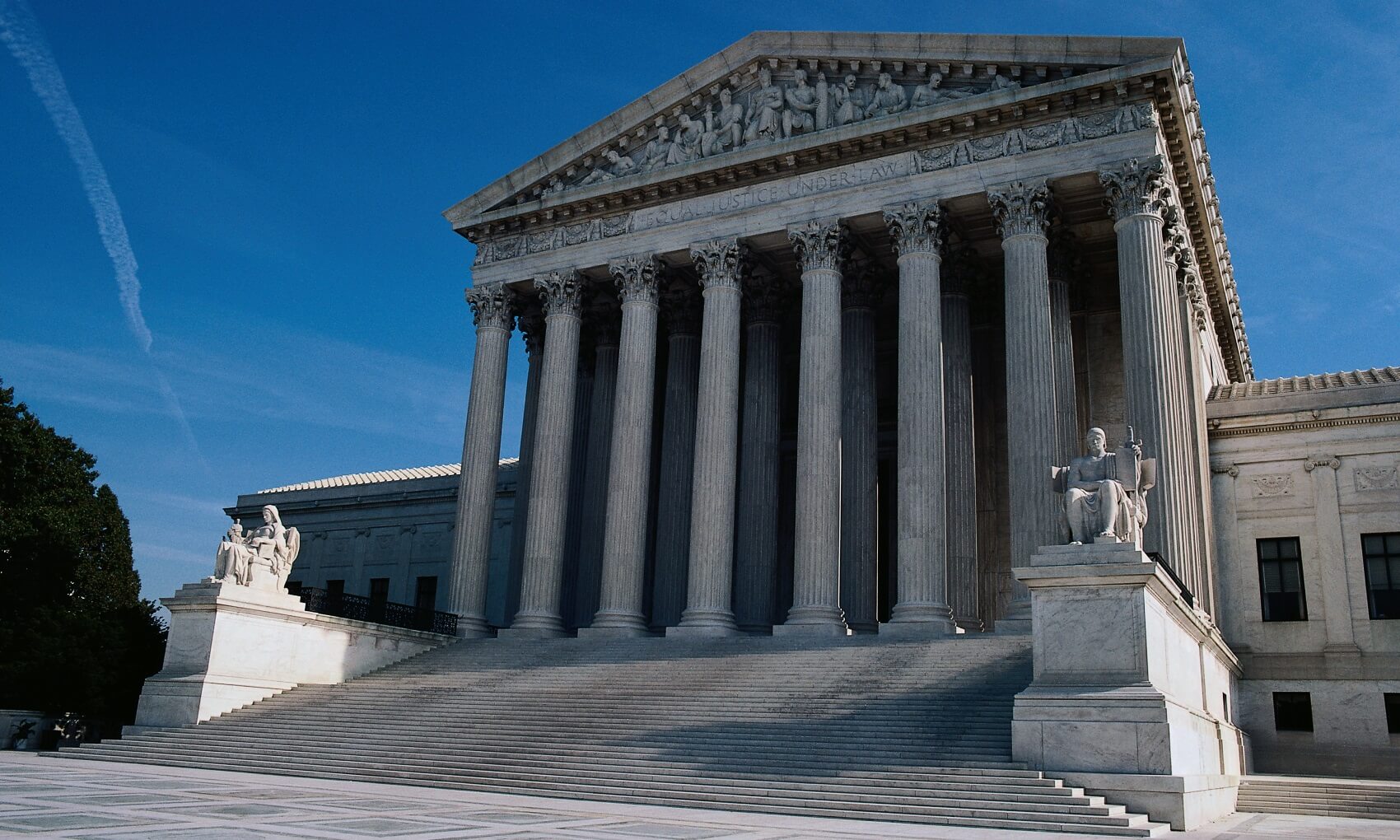
Six decades after U.S. schools were ordered to be racially integrated by the Supreme Court, enrollment is sliding back in the direction of segregation.

Is the purpose of prison to punish or to reform? John D. Sutter highlights a controversial Norwegian prison that doesn’t feel like a prison at all—because its aim is not taking away freedom but instead creating good neighbors.
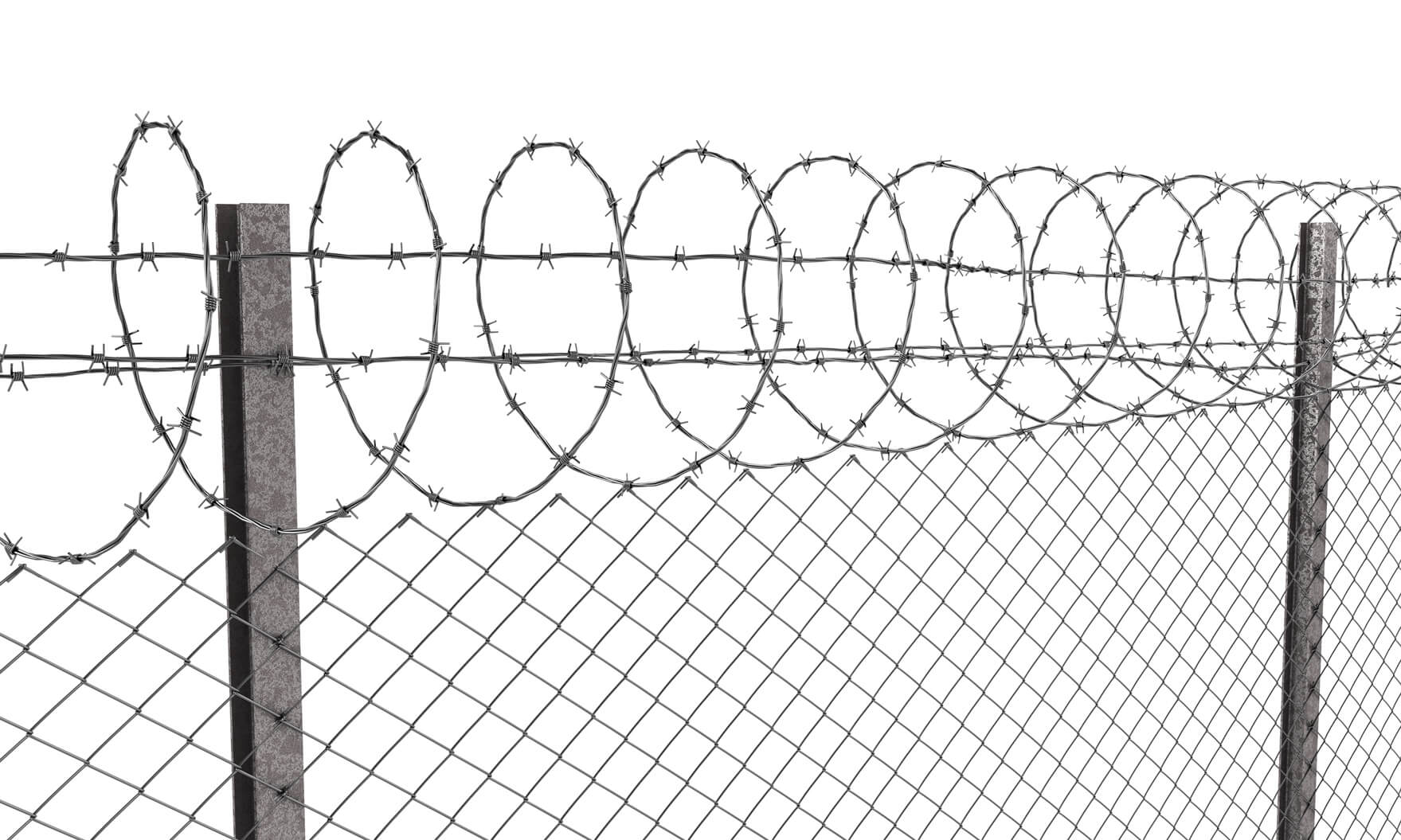
You might be surprised to learn that computer programs are used to help determine the length of a prison sentence. The question is whether that’s a good idea.
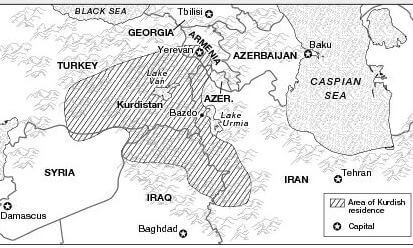
The Kurds are a Middle-Eastern ethnic group without a country of their own. Find out more about who they are, where they live, and what obstacles they face.
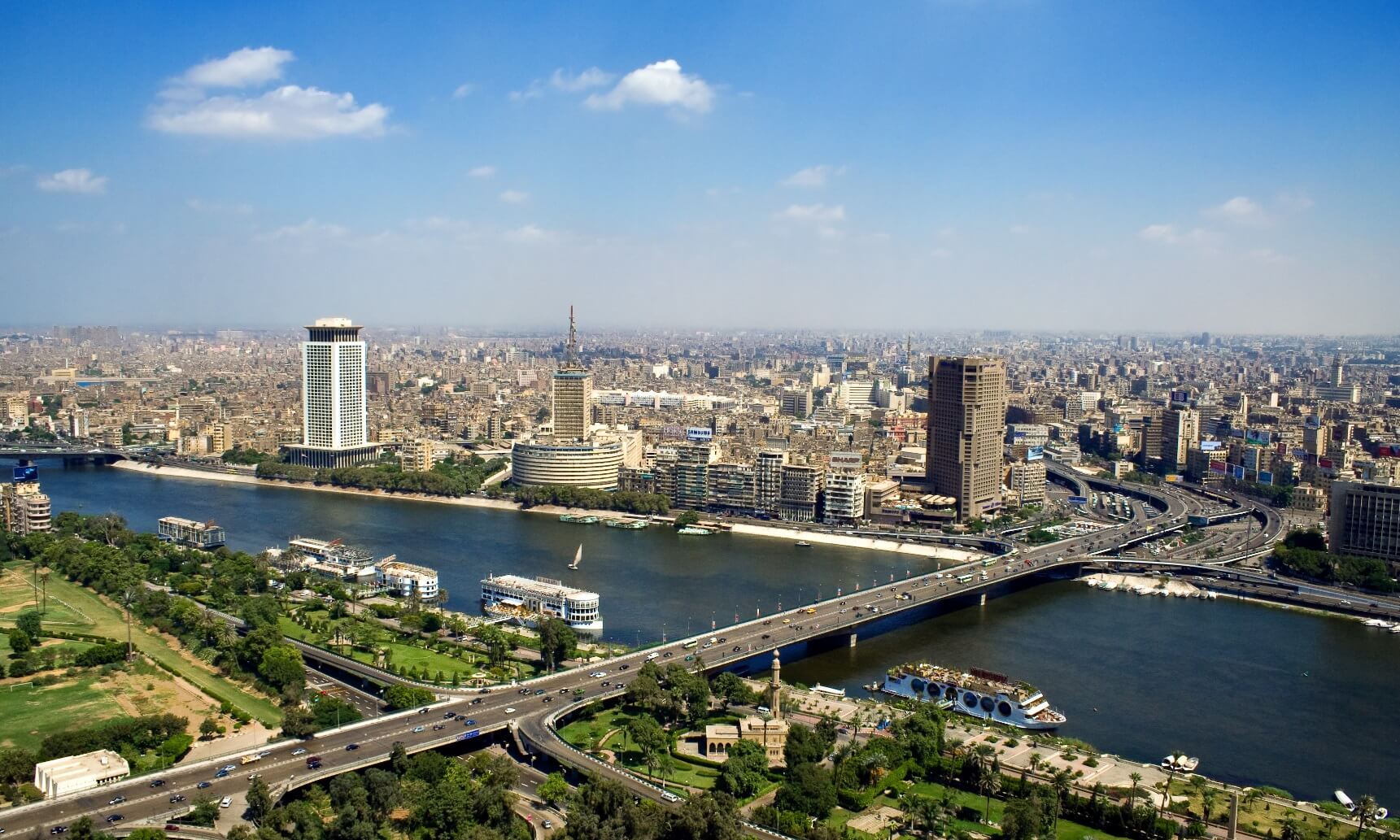
Written during the hopeful Arab Spring, this article analyzes how young people using social media spurred powerful political change in Egypt.

Have you ever heard of Juneteenth? On June 19, 1865, almost two and a half years after President Lincoln issued the Emancipation Proclamation, word finally reached Texas that the Civil War was over and that any slaves were free. Learn more about this celebration of freedom.